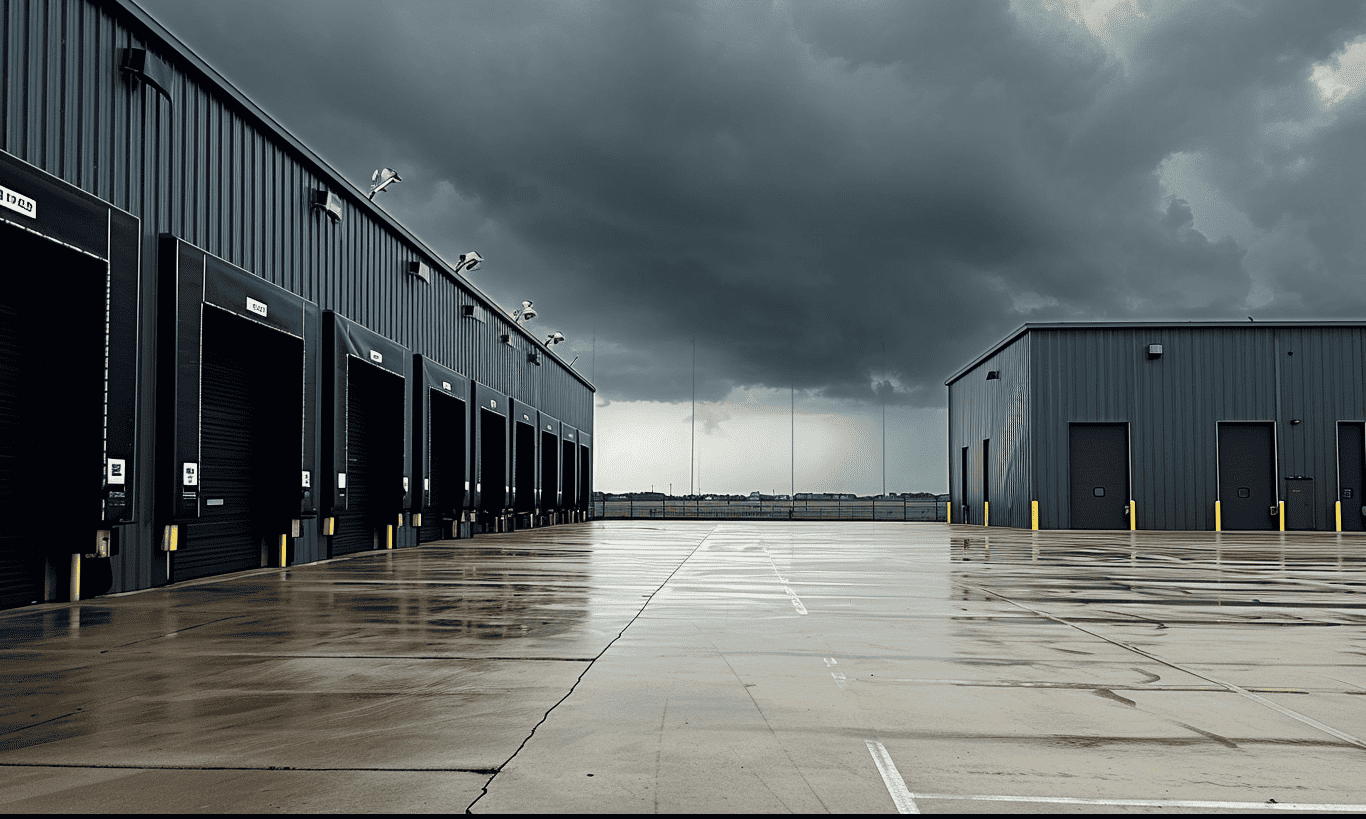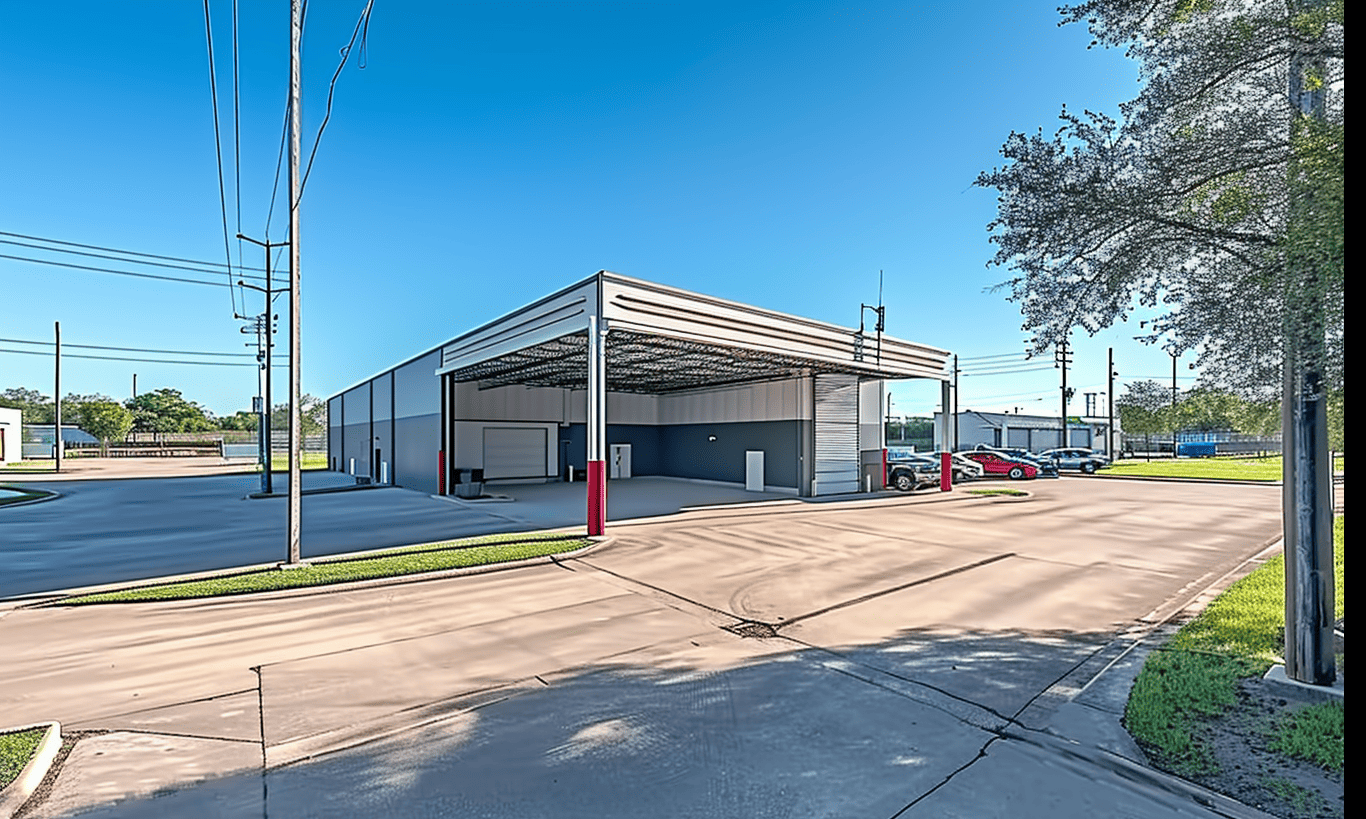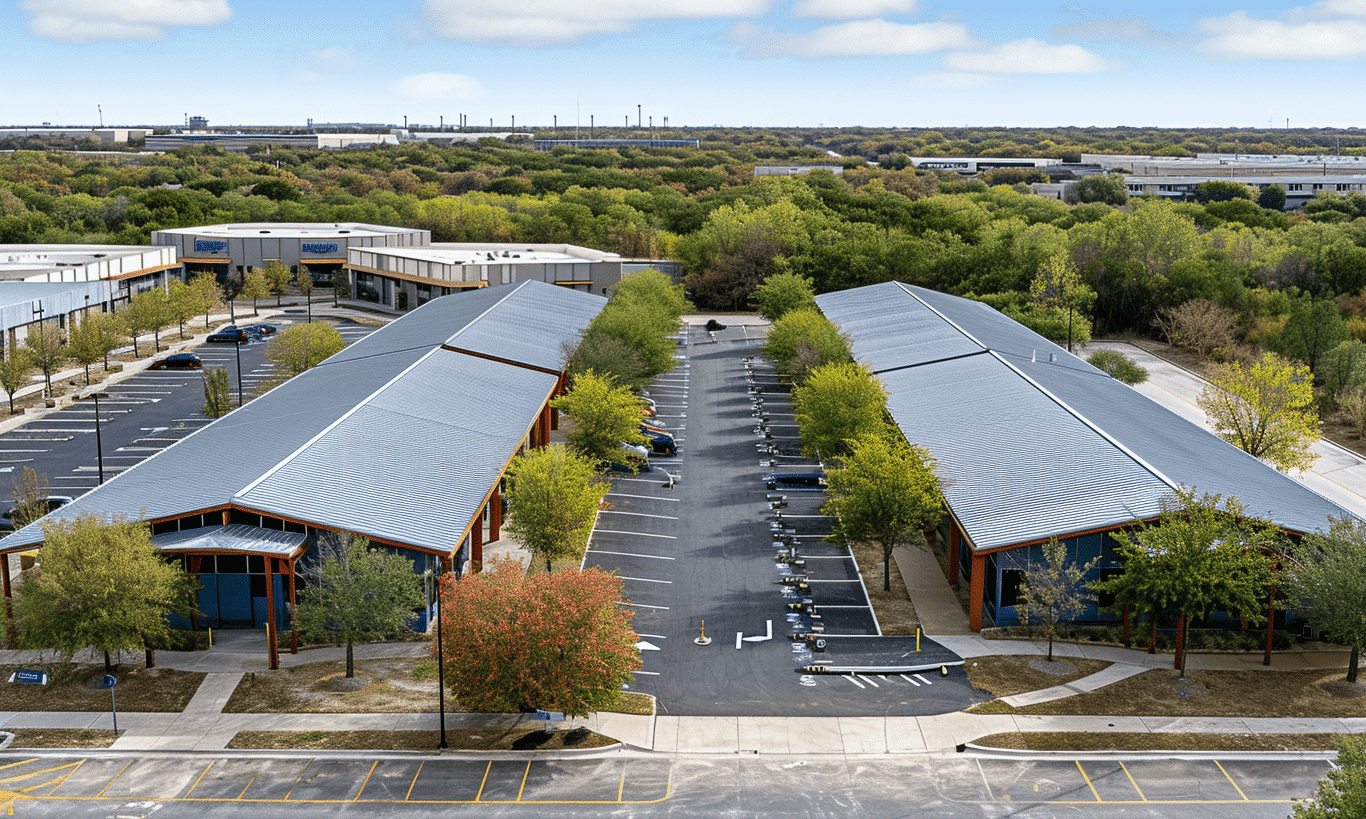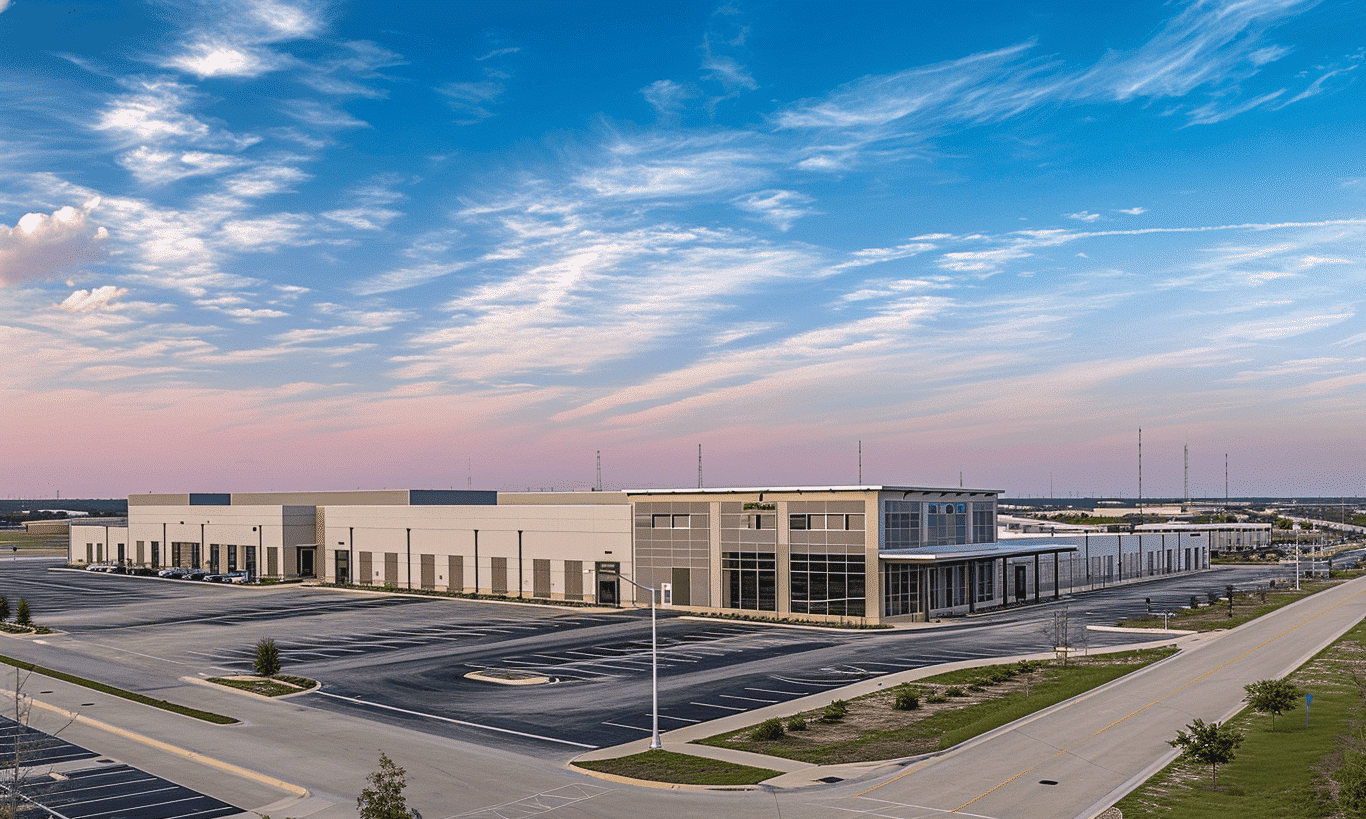Navigating the labyrinth of regulations, safety protocols, and best practices in the construction world can be daunting. However, understanding the importance of hazard communication in construction is paramount to ensuring safety and compliance on any project site. As the construction industry continues to grow, the potential for encountering hazardous materials increases, which underscores the need for comprehensive hazard communication.
Understanding Hazard Communication in Construction
What exactly is hazard communication in construction, and why does it matter? Imagine working on a site where everyone speaks different languages without any translation—the message is lost, leading to potential mishaps. Similarly, without effective hazard communication, critical safety information might not reach those who need it most. Hazard communication, therefore, is the method by which businesses inform their workforce about the dangers related to exposure to hazardous substances.
Effective hazard communication is vital for several reasons. Firstly, it fosters a safer work environment by educating workers about potential risks. Secondly, it ensures compliance with OSHA regulations for construction. Thirdly, it plays a crucial role in accident prevention and workers’ right to know what they are dealing with daily.
Importance of Safety Data Sheets
Think of Safety Data Sheets (SDS) as the instruction manuals for the safe handling hazardous materials. These sheets provide detailed information about the chemical properties, health hazards, protective measures, and safety precautions for reducing the risks associated with chemicals.
When workers have access to accurate SDS, they are armed with knowledge about potential dangers and the ways to mitigate them—like donning suitable personal protective equipment (PPE) or knowing how to respond in the event of a spill.
Implementing an Effective Hazard Communication Program
A robust hazard communication program is not optional but essential. So, how does one go about establishing such a program?
1. **Inventory of Chemicals**: The first step is identifying and listing all hazardous chemicals on-site. This comprehensive inventory forms the basis for all communication efforts.
2. **Labeling**: Clear and concise labels on all containers are crucial. Labels should include the identity of the chemical, hazard warnings, and the manufacturer’s contact information. This practice aligns with the globally harmonized system (GHS) of classification and labeling of chemicals.
3. **Training**: Providing thorough training for workers is non-negotiable. Workers must understand how to access and comprehend Safety Data Sheets, recognize labels, and know the protocols for using personal protective equipment.
4. **Accessible Information**: Ensuring that all hazard information is readily accessible is crucial. Whether digitally or on-site, make sure workers can easily obtain the information they need.

Legal Obligations and Industry Standards
While implementing hazard communication practices is crucial for safety, it’s equally important to comply with legal standards. Organizations must comply with local and international guidelines, such as the Canadian Occupational Health and Safety Regulations and the U.S. OSHA regulations for construction, to avoid heavy fines and legal repercussions.
Furthermore, resources like the Canada Mortgage and Housing Corporation – Hazard Communication provide invaluable guidance and resources for companies looking to bolster their safety procedures.
The Role of Technology
In this digital age, technology can significantly enhance hazard communication in construction by offering new tools and platforms for disseminating information. Mobile applications, digital SDS libraries, and real-time alerts can greatly enhance communication and response times.
Consider adopting a digital approach that allows workers to access online training modules, SDS databases, and safety alerts on the go. This not only improves the efficiency of information dissemination but also ensures that critical data is always at the workers’ fingertips.
Your Building Team’s Role in Hazard Communication
When it comes to implementing and maintaining effective hazard communication, Your Building Team offers a comprehensive suite of services designed to assist construction companies in staying safe and compliant. From providing expert consultation to offering training resources, Your Building Team is a partner you can trust to guide you through the complexities of hazard communication.

Challenges in Hazard Communication
Implementing effective hazard communication is not without its challenges. Language barriers, diverse workforce backgrounds, and varying literacy levels can complicate the process. It’s important to adopt a universal approach by using symbols, color codes, and simple language that can be universally understood across the workforce.
Additionally, ongoing changes in regulation can make keeping up with compliance a moving target. Regular re-evaluation and updates of the hazard communication program are necessary to ensure continued compliance and safety.
Conclusion: A Call to Action
Hazard communication is a cornerstone of occupational safety within the construction industry. By understanding and implementing a comprehensive hazard communication program, construction companies can not only protect their employees but also ensure operational efficiency and compliance with regulatory standards.
The journey towards effective hazard communication in construction is ongoing. It requires collaboration, commitment, and continuous education. Let us embrace this imperative as a critical step towards a safer and more productive future in construction.
Consider reviewing your current safety practices, visiting Your Building Team for expert advice, and leveraging technology to bridge any gaps in your hazard communication processes. Safety isn’t just a policy—it’s a culture. Let’s build that together.











